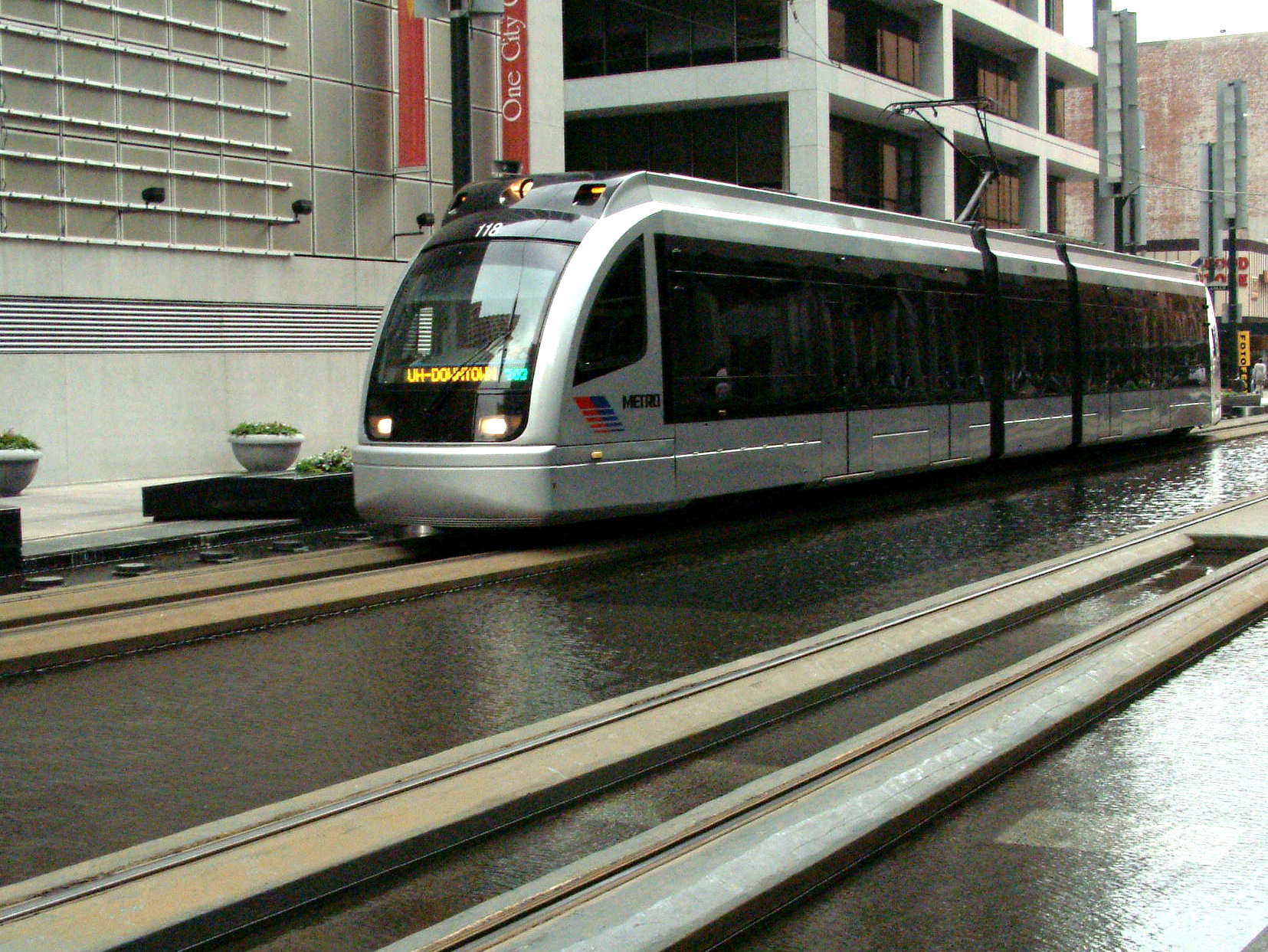The Affordability Agenda: Why Mobility Matters

Lower-income Americans spend over 30% of their after-tax income on transportation, a burden driven by states prioritizing highways over transit. New research argues the high cost of transport reflects a policy failure, but one that can be reversed and lead to lower household costs – and less climate pollution.
In the Climate and Community Institute’s report, “Letting People Move,” authors Kira McDonald, Narayan Gopinathan, and Emmett Hopkins analyze how state-level transportation funding decisions drive up the cost of living – and make our cities less affordable to working people.
Key Takeaways:
- A $1 billion shift from highway widening to new urban rail transit saves $1.7 billion annually in social and environmental costs by eliminating 1.8 billion vehicle miles.
- States are failing to use their “flex” power, transferring only $5.5 billion of a possible $150 billion in federal highway funds to transit between 2021 and 2023.
- $1 billion in highway funds supports as few as 32,000 homes, while the same amount for transit can support 250,000 homes.
The researchers used two methods. First, to understand why states are stuck in this car-first model, they interviewed policy experts and reviewed existing government policies to find the institutional barriers holding back change. Second, they built a computer simulation to project the specific outcomes of shifting $1 billion from highway widening to new urban rail transit. This model was built using two main inputs:
- Elasticities: These are established values from the academic literature that measure how a change in one factor (such as building transit) affects another behavior (such as how much people drive).
- Data: The model used real-world statistics from the Federal Highway Administration (FHWA), the Bureau of Transportation Statistics, and other sources.
The research reveals that redirecting highway funds has massive, compounding benefits.
Compounding social and economic gains. The model shows that shifting $1 billion to transit eliminates 1.8 billion Vehicle Miles Traveled (VMT), as residents shift their “mode” of travel from costly car commutes to more affordable transit options. This single change directly results in at least 24 fewer deaths, 1,400 fewer injuries, $188.15 million saved from reduced traffic delays, $26.1 million in lower road maintenance costs, and 622,000 fewer tons of climate pollution every year. The researchers estimate these key benefits, along with others, add up to $1.7 billion in annual savings per $1 billion spent on transit.
Failure to flex. Federal law provides a “flex funding” tool that allows states to move federal highway funds to public transit. However, the report’s data show that states use this power sparingly. Between 2021 and 2023, states had access to $150 billion in flexible funds but transferred only $5.5 billion to transit. Some states even moved money out of climate-focused programs like CMAQ (Congestion Mitigation and Air Quality Improvement Program) and into auto-focused highway programs.
Transportation and housing linkage: Spending $1 billion on new highways typically converts nearly 8,000 acres into low-density suburban sprawl, which can support as few as 32,000 homes – and requires most residents to drive a car for most of their trips. In contrast, investing that same $1 billion in transit creates conditions for denser, walkable communities that can support up to 250,000 homes.
The findings support states pressing pause on future highway expansion projects to re-evaluate priorities, and using their existing authority to “flex” federal highway funds toward transit. In states with clear climate policy objectives, legislatures can also require transportation plans to meet declining VMT or GHG (Greenhouse Gas) reduction targets – which would be easier and less costly with a shift in spending from highways to transit.
Rebalancing transportation funding is a direct strategy to advance the “affordability agenda,” reduce household costs, and build more resilient, accessible communities. These policy shifts offer states a clear path to use the transportation system – and its funding streams – to invest in projects that truly lets people move.
Photo by Maha, CC BY 2.5, via Wikimedia Commons